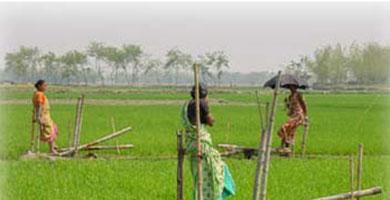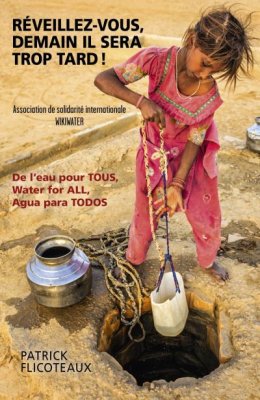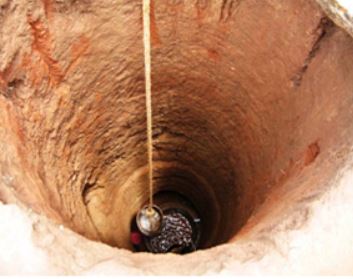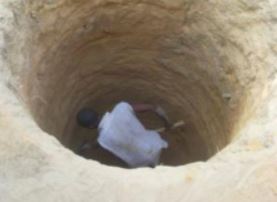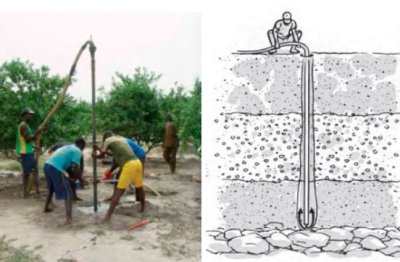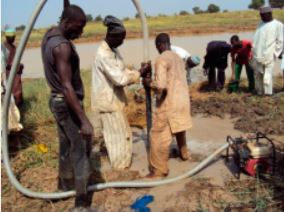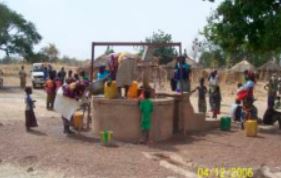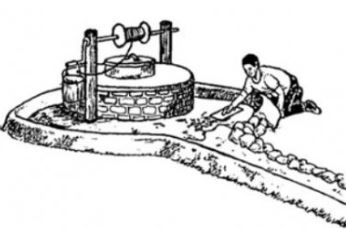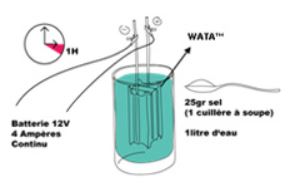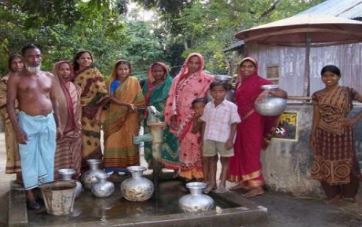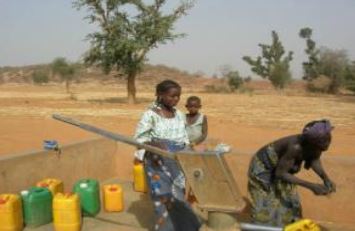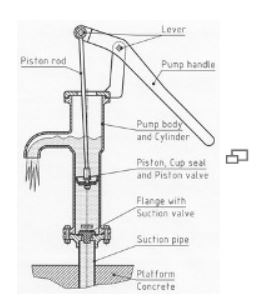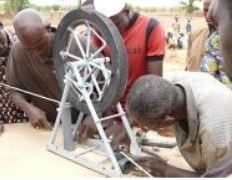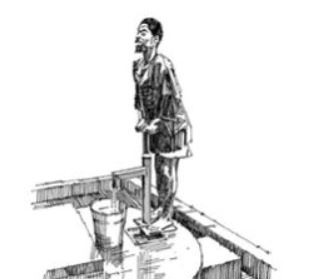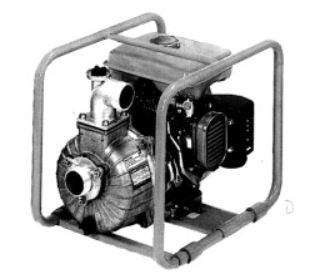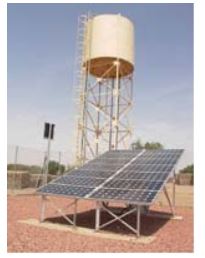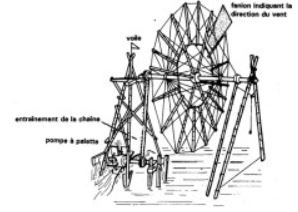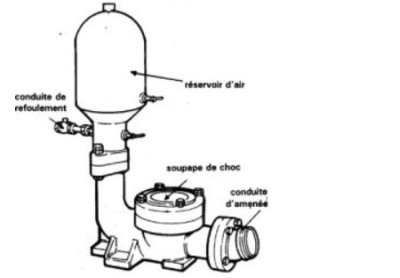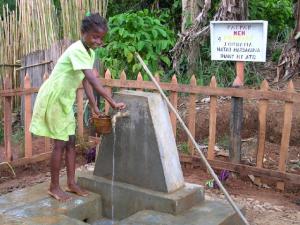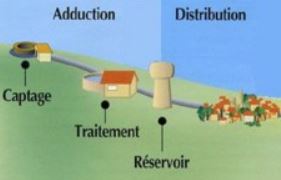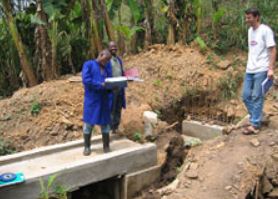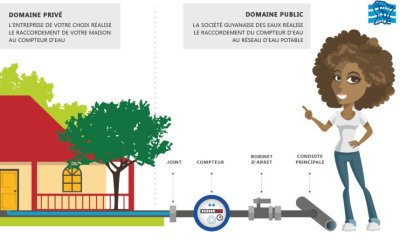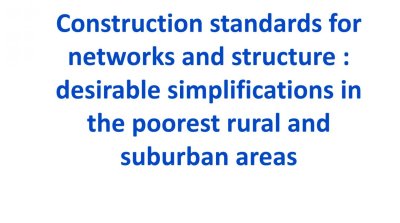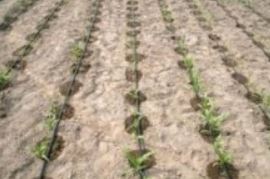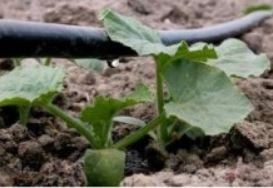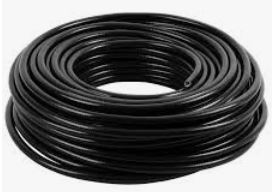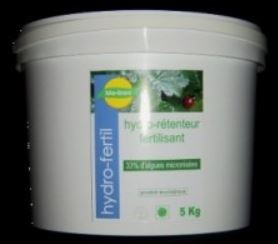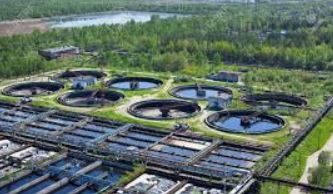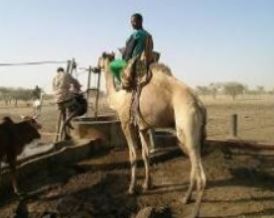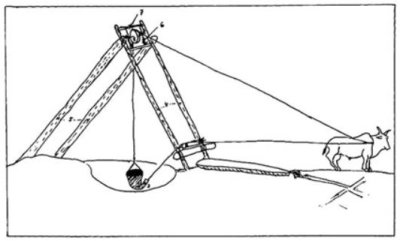1) What is involved ?
These are very simple and inexpensive foot-operated hydraulic pumps used at shallow depths (less than seven metres) and usually to irrigate small areas.
2) Who use this means and since when ?
These pumps are used extensively in rural areas of South-East Asia and Africa.
The very simple principle was invented in the late 1970s by Gunnar Barnes, a Norwegian engineer, for irrigation in Bangladesh, before being improved and adapted at the end of the 1980s to Africa.
3) Why ?
It involves a normally inexpensive resource that is easy to maintain. These pumps include the cheapest models (€30 in Bangladesh, €100 or so elsewhere). They can also generate considerable extra revenue for the small farmers quickly, up to two to four times higher. More economical, these pumps are also more efficient that the 2.5 or 5 HP motor-driven diesel irrigation pumps but require physical effort.
4) Who is primarily concerned ?
Small farmers with low financial resources for the basic two-treadle models, but also rural municipalities for the one-treadle hydropumps of Africa or Southern Asia, where many manufacturing or sales and maintenance networks already exist.
5) What does this process involve ? How is it applied ?
NB. Do not confuse this type of pump with the treadle (one only) hydropumps which can, depending on the model, draw the water from 30, 60 or 130 m deep in hard ground and are used for both irrigation and the water supply. See Sheet no. "hydraulic-drive treadle pumps"
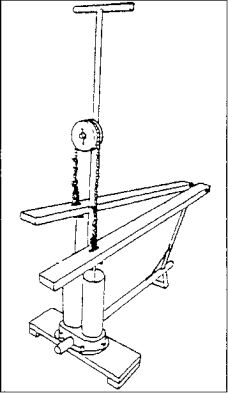 a) Technology
a) Technology
There are two types of pump :
1) Suction pumps
These are the simplest and cheapest. They suction the water from shallow depth and extract it without pressure via a simple orifice or outlet pipe.
2) Pressure pumps
They suction the water but by generating a low pressure that drives it back into the watering pipes, irrigation channels or reservoirs.
All these pumps are inexpensive (caution, nevertheless, with Bangladesh-type pumps that are undoubtedly cheaper but the body of the pump is not always robust) and have the advantage of frequently being manufactured locally (examples : in Niger, Gagéra, NDK and Bangladesh pumps, in Burkina Faso the Nafa pumps, in Mali the Nafaroso, Ciwara and Lafia pumps)
b) Operating mode
The body of these pumps comprises two pipes of about 30 cm, installed on a small wooden or metal platform, into which slide two pistons fitted with check valves at the bottom.
The pipes are connected at the bottom to a tube plunging into the water table and at the top to an orifice or discharge pipe.
The two pistons are connected by a rope passing through a pulley fixed to the pump frame. They are moved alternately by rails activated by the treadles (in bamboo, wood or metal) ; the treadles themselves are moved alternately by a person’s feet.
The pistons descend, the check valves open and the water pours in when pressure is applied to the treadles.
When the pistons rise, the check valves close and the water is held back.
6) Main advantages and drawbacks
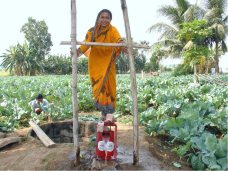
Treadle pump in Maharashtra (India). Photo Géo-IDEI
a) Advantages
- Low cost, one of the cheapest of all water pumps, accessible for small farmers, including poor ones (possibilities of micro-credit if necessary)
- Fairly fast flow rate : about 4.5 m3/hour
- Investment quickly profitable, with significant increase in revenues (often doubly and even quadrupling in two years in Niger according to a survey by the NGO EWW in 2000). Some pump models in fact are called "Moneymakers".
- Easy to operate and maintain
- Ecological system avoiding the formation of greenhouse gases as for the diesel pumps.
b) Drawbacks
Not insignificant expenditure in human energy.
- Impossible, except for some more expensive models, to draw water from more than 7 m deep in hard rock.
- Average service life.
- Reticence of some communities over the treadle activation system.
- Intended for irrigation and not very usable for the water supply. Cannot be used in boreholes.
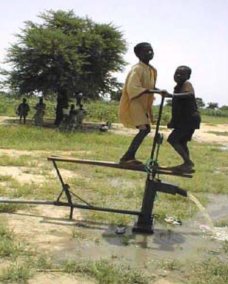 7) Cost
7) Cost
This varies according to the countries and the models and is cheaper than hand pumps.
The cheapest models are found in Bangladesh, a country where they have been invented and manufactured on a very large scale and where they can be found from €30.
The improved models adapted to Africa cost, for example, in Niger, Mali or Burkina Faso, depending on their characteristics, about €70 for suction-only pumps and €110 to €140 for pressure pumps. Count €100 to €200 to include the costs of creating the associated small borehole.
Maintenance costs are low and less than €10/year.
8) Where to obtain further information
a) Websites in French
There are very dew and most documents in French come from outside sites, such as :
- the Hubrural site, where there is a short, but interesting two-page document on the transfer of technologies to small market gardeners and on the reasons for means for buying such pumps by poor growers :
http://www.hubrural.org/IMG/pdf/agr...
- the SKAT site, a Swiss manufacturer : much longer report (53 pages), published by SKAT Consulting, on an international workshop organised in 2002 by the World Bank and the Swiss cooperation on treadle pump distribution chains, but focused more on the problems of prices (page 36) and marketing
https://www.practica.org/wp-content/uploads/2014/08/SSI-study-Rapport-final-SA310810.pdf
b) Website in English:
- S.K. site Industries in India (Export-Import and installation of hand or treadle pumps) This site, in English, gives information on the various models.
Information available at : http://skipumps.com/
c) Videos
- Short video (2’) by Daily Motion explaining the advantages of these pumps : "The treadle pump : an innovation for farmers in Zambia (wait for the end of the advertising if necessary having clicked on the link : http://www.dailymotion.com/video/xa... ;
-Video (6’) You Tube "IDEI, India. Treadle pumps for irrigation" (in English) : http://www.youtube.com/watch?v=D1d3...
d) Bibliography
Action contre la faim : "Water - Sanitation - Hygiene for at-risk populations" (ed. Hermann 6 rue de la Sorbonne 75006 Paris (€50), more general book in which pages 340 and 341 cover treadle pumps



